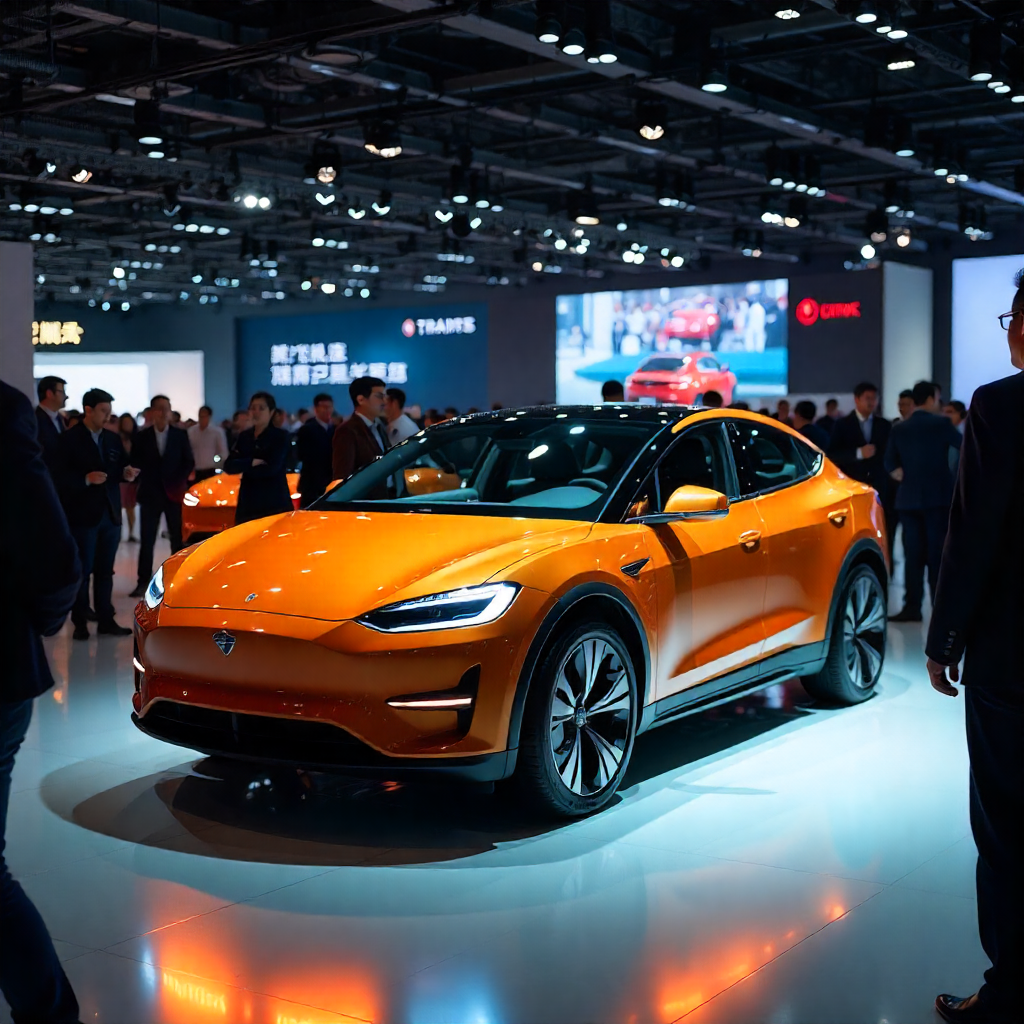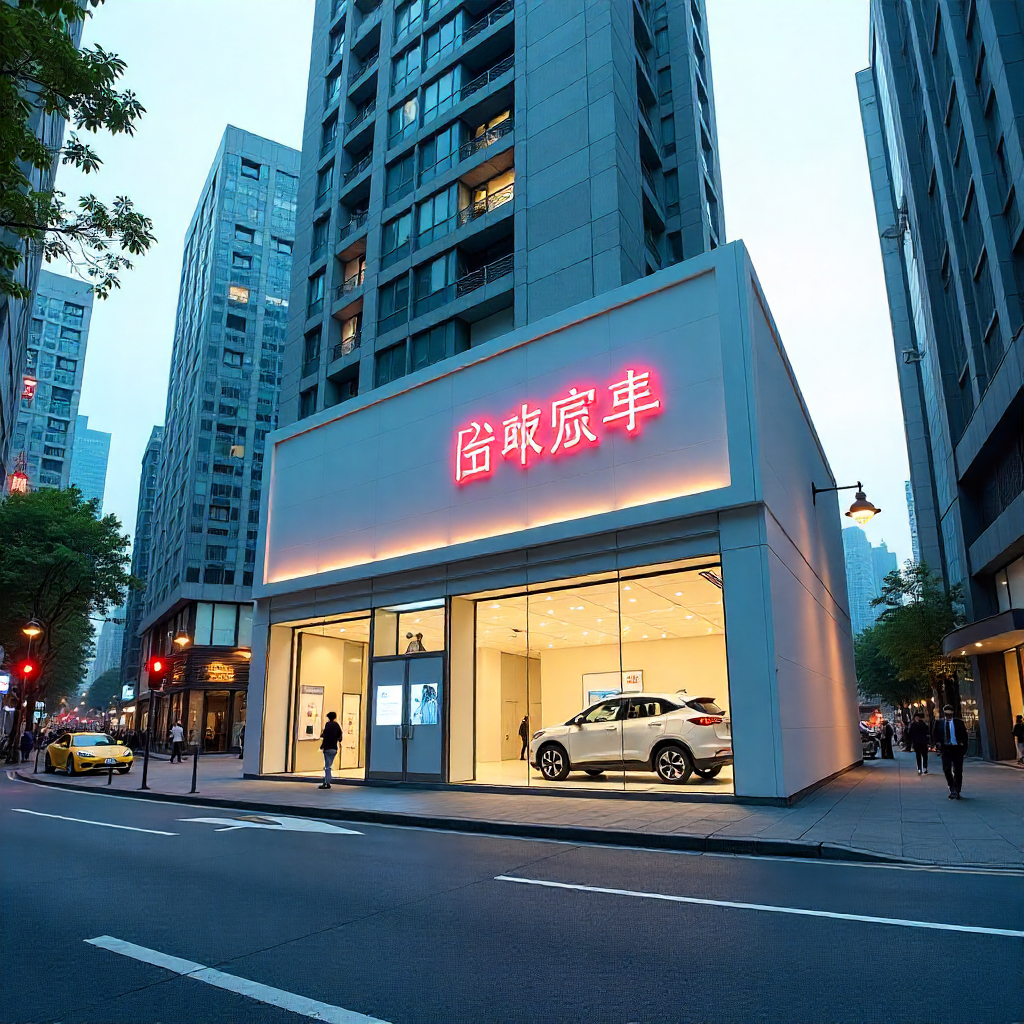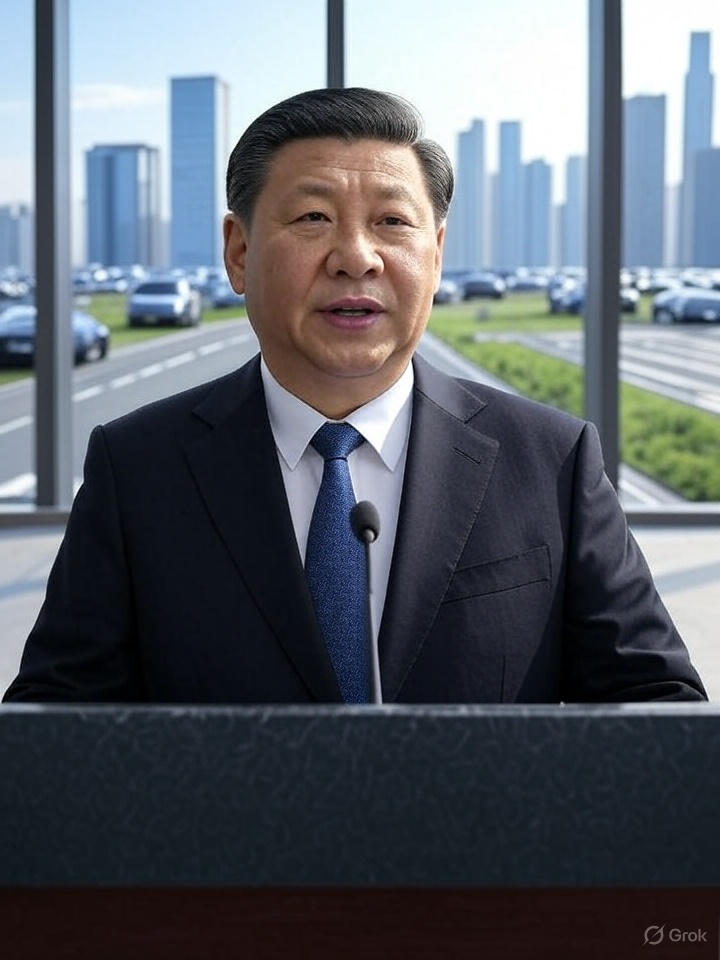New Consumer Subsidies Extend EV Momentum
China has renewed and expanded its support for electric vehicles in 2025, even after phasing out national direct purchase subsidies in 2022. The central government has extended a trade in subsidy program through year end under its 2025 vehicle incentive package. Consumers scrapping older internal combustion engine vehicles (registered before June 2012) can receive up to RMB 20,000 (USD ≈ 2,730) toward a new EV. Even second hand trade ins qualify for reduced rebates of up to RMB 15,000 (USD ≈ 2,047) toward a new EV purchase(Globedge).
This trade in strategy has already driven over four million applications in its first six months, removing aging ICE cars from circulation while encouraging adoption of newer, cleaner EVs (Rho Motion).
Targeted Support for Battery Firms & Strategic Tech
Beyond consumer incentives, China is introducing new subsidies aimed at EV battery manufacturers and infrastructure developers, reflecting policy emphasis on strengthening supply chains and achieving technological self reliance. This comes amid reports of export restrictions on key battery technologies and creative local subsidies tied to Huawei’s in vehicle software ecosystem (WIRED).
Since May 2025, at least 10 cities and provinces have launched cash rebates of RMB 2,000 5,000 (USD 280, 700) per vehicle but only for cars equipped with Huawei’s HarmonyOS and autonomous driving systems. These localized subsidies are unusual in their brand specific targeting of Huawei powered vehicles a rare departure from China’s generally non discriminatory policy approach (WIRED).
Industry experts suggest the financial backing may actually come from Huawei affiliated sales alliances, though local government announcements imply official endorsement raising questions over preferential treatment and alignment with broader industrial policy (WIRED).

Long Term Industrial Support and Market Strengthening
China’s EV and battery sectors have long been undergirded by state backed industrial policy. From 2009 to 2023, cumulative subsidies and support are estimated to exceed US $230 billion, delivered through rebates, tax exemptions, R&D funding, infrastructure investment, and public procurement initiatives (American Journal of Transportation).
As of 2024, 2025, EV sales account for nearly 50% of new vehicle sales in China, with domestic manufacturers like BYD and SAIC leading global production (Business Insider).
Earlier in July 2025, China’s top regulators moved to address “involution” excessive internal competition and price wars especially following aggressive discounting by BYD and others. In response, automakers pledged to speed up payments to suppliers and avoid undercutting pricing strategies to restore financial health across the sector (AP News).
Policy Objectives: From Growth to Consolidation
China 2025 subsidy rollout reflects evolving strategic goals:
- Stimulating Demand & Fleet Turnover: Trade in subsidies aim to replace older polluting vehicles while sustaining robust EV adoption in a maturing market.
- Supporting Local Innovation & Supply Chains: New rebates especially Huawei linked programs seek to reinforce tech champions and domestic battery capacity.
- Encouraging Industry Discipline: Central leadership is pushing back on excessive price competition and encouraging consolidation among EV producers to ensure profitability and stability (ITIF, Rho Motion).
Why It Matters Globally
China’s comprehensive EV ecosystem from battery production to consumer adoption is a global benchmark:
- Local battery makers like CATL, BYD, CALB, EVE Energy, and SVOLT lead on global output and capacity, with Chinese firms accounting for a dominant share of global lithium ion manufacturing (Wikipedia).
- Foreign governments, such as the EU and US, cite China’s aggressive subsidy model and local incentives including Huawei specific rebates as justification for new tariffs and anti dumping investigations (Reuters).
- Domestically, policymakers balancing overcapacity risks and industrial competition are attempting to shift from subsidy driven expansion to sustainable market consolidation (Financial Times).

Summary
- China’s central government has extended trade-in subsidies worth RMB 20,000 per vehicle to encourage EV adoption in 2025, even as direct purchase rebates ended in 2022.
- Local governments are now providing rebates tied exclusively to Huawei powered electric vehicles, reflecting a shift to targeted industrial support.
- The EV sector continues to rely on massive cumulative state backed investment exceeding $230 billion through 2023 aimed at dominating global EV and battery markets.
- Regulators are now also aiming to curb damaging competition and price wars, promoting long-term sustainability through consolidation and supplier protection.

